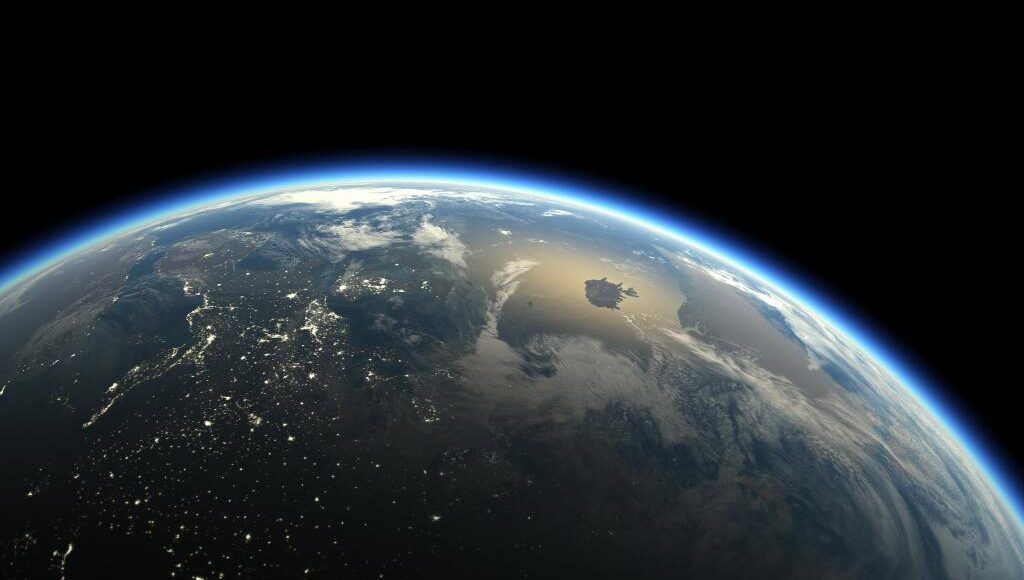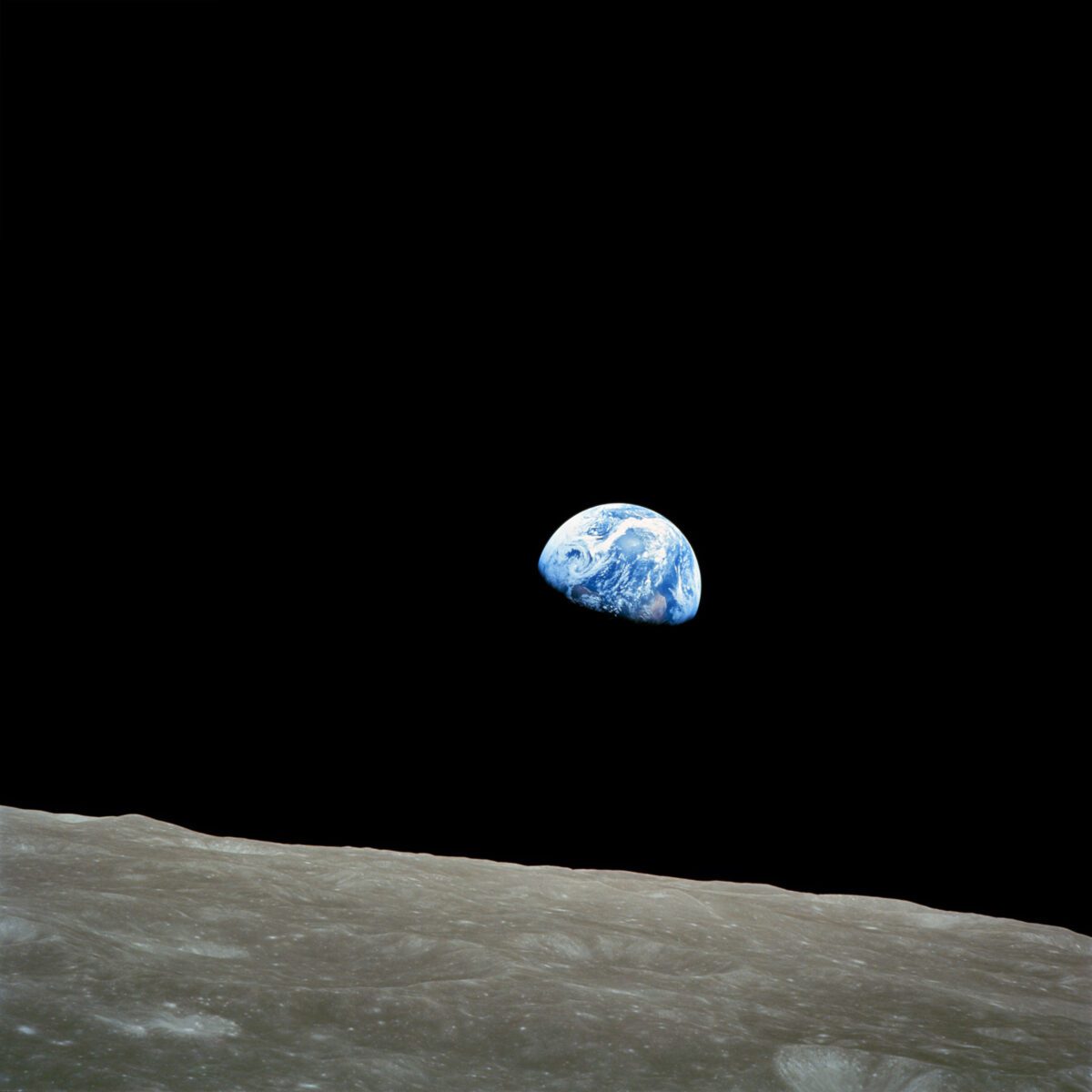For us in the tropics, the lack of a chiller wasn’t much of a problem. Smoking, drying, salting, fermentation, or a combination of these methods were applied.
But for our siblings in the north, it used to be hard to keep food from spoiling in the summertime. There was a person called “the iceman”. He would go to their house and sell them a big block of ice. They’d keep it in something called an “icebox” to preserve the kinds of food that spoiled quickly. But that was a drag because the ice kept melting. It would drip all over the floor.
So, somebody thought up another way to keep food cold. It was a gas-powered system that used ammonia or sulphur dioxide as a coolant. No more lugging blocks of ice. What could be bad about that? Well, the chemicals were not only poisonous, they smelled terrible and there were leaks.
A substitute coolant was badly needed. One that would circulate inside the refrigerator, but would not poison anyone if the refrigerator leaked, or pose a danger if it was sent to the junkyard. Something that wouldn’t make you sick, wouldn’t burn your eyes, or attract bugs, or even bother the cat. But in all of nature, no such material seemed to exist.
So, chemists invented a class of molecules. Little collections of even tinier things called atoms, that had never existed on Earth before. They called them chlorofluorocarbons, or CFCs, because they were made up of one or more carbon atoms and some chlorine and/or fluorine atoms. These new molecules were wildly successful, far exceeding the expectations of their inventors. Not only did CFCs become the chief coolant in refrigerators, but also in air conditioners. There were so many things you could do with CFCs:
- People used them to propel great fluffy mounds of shaving cream.
- And to protect your hair from wind and rain.
- It was also the propellant that made fire extinguishers and spray paint cans so much fun.
- It was good for foam insulation, industrial solvents and cleansing agents.
The most famous brand name of these chemicals was Freon, a trademark of DuPont. It was used for decades and no harm ever seemed to come from it. Safe as safe could be, everyone figured. Until, in the early 1970s, two atmospheric chemists at the University of California, Irvine were studying Earth’s atmosphere.

Molina wanted to grow as a scientist. He was looking for a project that would take him as far from his previous research experience as possible. He wondered. What happens to those Freon molecules when they leak out of the air conditioner? This was a time when the Apollo astronauts were still making regularly scheduled trips to the Moon. And NASA was contemplating weekly launches of a space shuttle. Would all that burning rocket fuel pose a danger to the stratosphere, that place where Earth’s atmosphere meets the blackness of space? And this is how science works a lot of the time. You set out to solve one problem, and you happen on a completely different, unexpected phenomenon.
Those wonderfully inert, “harmless” CFCs, the magic molecules of shaving cream and hair spray, didn’t simply vanish when we were done with them. They had an afterlife at the edge of space, where they accumulated in the trillions. They were silently congregating high above the Earth, and they were up to no good. Molina and Rowland were alarmed to discover that the CFCs had thinned the protective layer that shielded us from the Sun’s harmful ultraviolet radiation. And it was getting worse all the time. When UV light hits a CFC molecule, it strips away the chlorine atoms. Once that happens, the chlorine atoms start devouring the precious ozone molecules.
A single chlorine atom can destroy 100,000 ozone molecules.

CFCs were in everything, and the manufacturers couldn’t imagine a world without them. The corporate response to this danger was that the science hadn’t been settled. People had a hard time believing that we had become powerful enough as a species to endanger life on the planet. They looked for non-human causes for the loss of the ozone in the sky. One Reagan administration official suggested that everyone just wear more sunblock and put on a hat and sunglasses. But the scientists pointed out that the plankton, those tiny plants at the base of the global food chain, and the larger plants, were unlikely to do so.
Molina and Rowland tirelessly worked to warn the world.
What’s the use of having developed a science well enough to make predictions if, in the end, all we’re willing to do is stand around and wait for them to come true?
Sherwood Rowland
But then something amazing happened. There was a global outcry. People all over the world got involved. In the 1960s, the women of the world demanded an end to atmospheric nuclear testing because they didn’t want to nurse their babies with poisoned milk. Then, in the ’80s, consumers demanded that the corporations stop manufacturing CFCs. And you know what? The governments listened. The Montreal Protocol – the international treaty designed to protect the ozone layer by phasing out the production of numerous substances responsible for ozone depletion – was signed 36 years ago today. CFCs were banned in 197 countries. That’s just about as many countries as there are on this planet. The ozone layer has been getting thicker ever since.
But what would’ve happened if Rowland and Molina hadn’t been curious about the stratosphere, or if their warnings had been ignored? By 2060, the ozone would have been all but gone from the entire planet. You would never have been able to take your children out to bask in the sunshine. The food crops would have completely failed. The herbivores, those who live off them, would have died out. The carnivores would subsist on their corpses for a while, but ultimately, they, too, would be doomed.
If we continue to safeguard the ozone layer, it will be completely mended by 2050. And that’s why this is one danger you can cross off your worry list.
And so, as we reflect on the remarkable journey of discovery, responsibility, and global cooperation sparked by the lessons of the Montreal Protocol, we find ourselves standing at the crossroads of another monumental challenge — the looming threat of global warming and climate change.
 English
English French
French German
German






